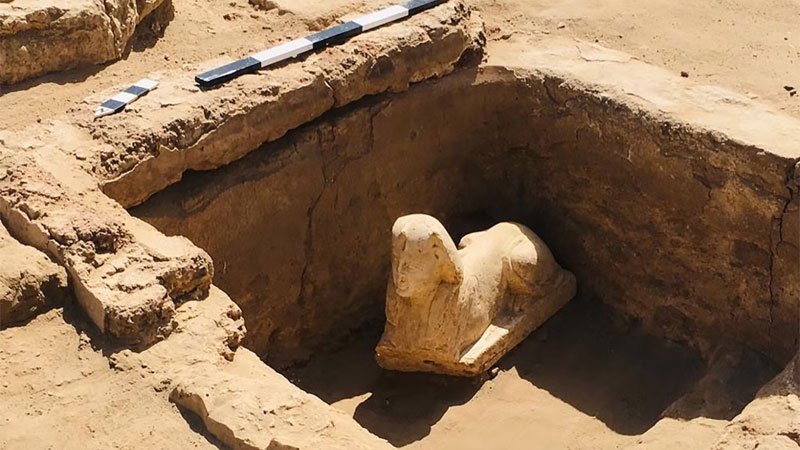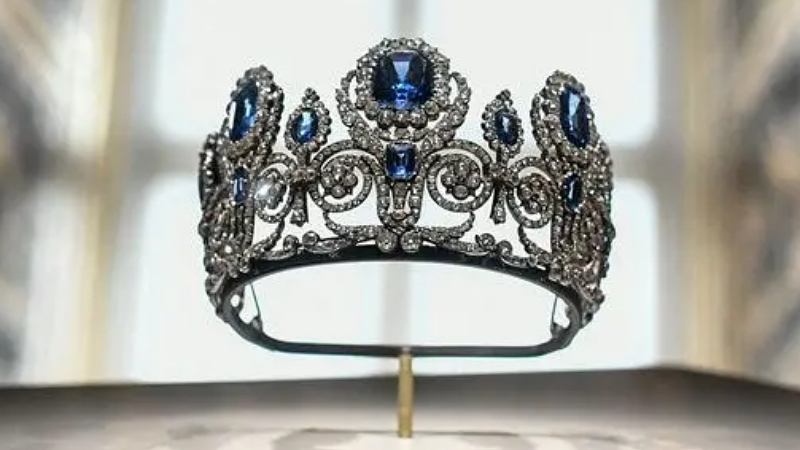|
Archaeologists have discovered a sphinx-like statue alongside the remains of a shrine in an ancient temple in southern Egypt.

Tom Anstey | Planet Attractions | 08 Mar 2023


Archaeologists have discovered a sphinx-like statue alongside the remains of a shrine in an ancient temple in southern Egypt.
As announced by the country’s antiquities ministry, the statue was discovered near the Hathor Temple, one of the country’s best-preserved historical sites.
Thought to represent Roman Emperor Claudius, the limestone sphinx comes complete with a “smiley face and two dimples”.
It is thought the discoveries will be used by Egypt’s government as a method of attracting more tourists to the area. The country is currently trying to revive its tourism industry amid a severe economic crisis.
More from the BBC
Live
|
|






Supplier Showcase 2025: The biggest attractions projects landing worldwide this year
|